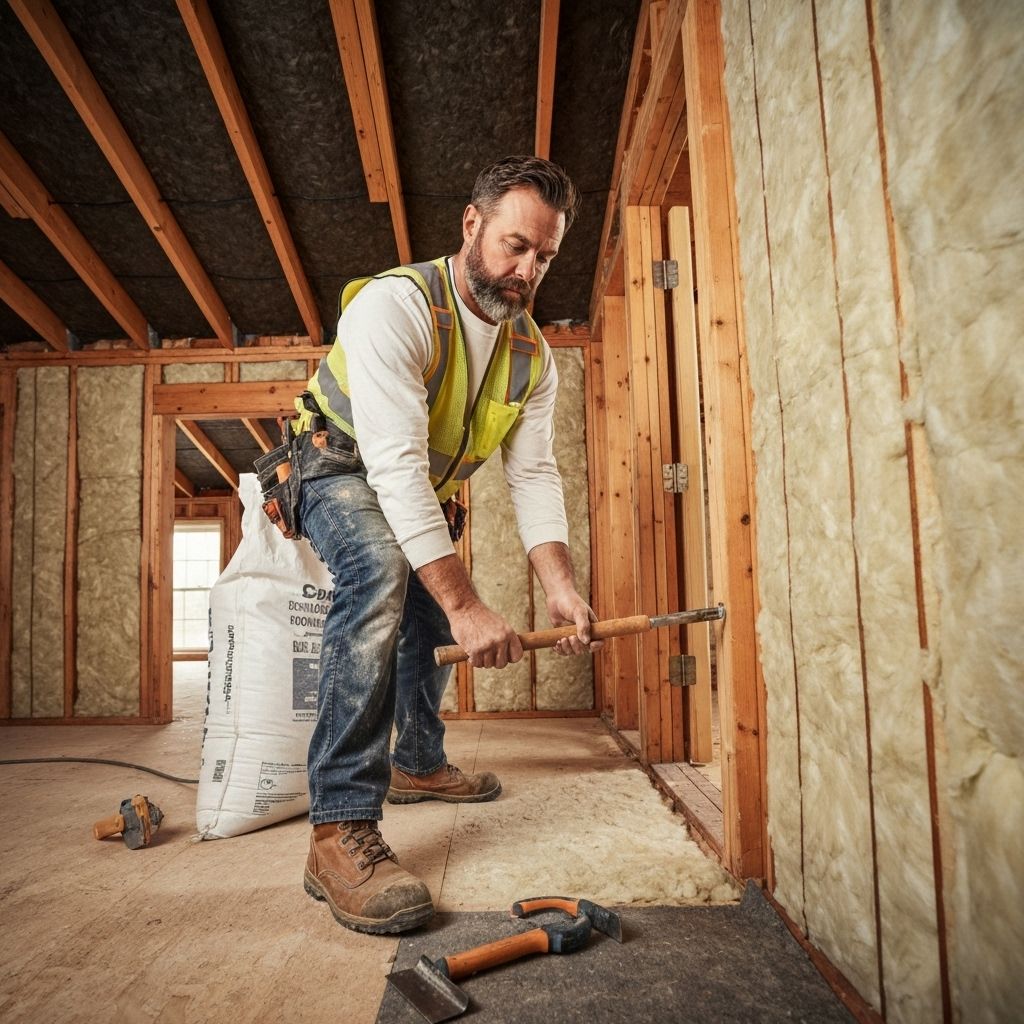Close the Deal: Expert Tips for Best Home Insulation

When it comes to making your home inviting, energy efficient, and worthwhile, suitable insulation is paramount. If you are dealing with the intense heat of summer or the freezing cold of winter, insulation serves as your home’s primary defense against the elements. With energy costs rising and environmental concerns at the top of mind, investing in optimal home insulation is not just helpful; it’s essential.
In this comprehensive guide, we’ll explore expert tips and essential information to help you understand the ins and outs of home insulation. From knowing how to check your home's insulation to choosing between batt and blown-in materials, we have you covered. You’ll learn all you need to know from R-values to air sealing techniques, ensuring your home is prepared for the seasons while improving energy efficiency and comfort. Get ready to seal the deal on insulation and convert your living space into a cozy retreat that saves you money and increases your home's value.
Grasping Home Insulation
Home thermal insulation plays a key role in preserving a pleasant living environment and also enhancing energy efficiency. It functions by reducing heat transfer between the interior of your home and the outside environment. During the winter months, insulation maintains warmth within, reducing unnecessary heating costs. In the warmer months, it aids ensure a fresher interior by preventing heat from infiltrating. This harmony not only enhance comfort but can also noticeably decrease energy bills.
There are many types of insulation materials on the market, each with its own pros and drawbacks. Common choices include fiberglass batts, blown-in cellulose, spray foam, and others. The selection of insulation is influenced by several factors, including the area of your home being protected, financial plan, and desired R-value, which measures insulating effectiveness. Understanding the specific characteristics of these materials will help you take an informed decision on the most suitable fit for your home.
Another important aspect of insulation is air sealing. Before putting in insulation, sealing leaks and drafts can enhance the performance of the insulation installed. Air leaks can greatly hurt insulation performance, making it important to solve these problems before proceeding with any insulation project. By investing in high-quality insulation and ensuring your home is well sealed, you can create a more efficient and inviting living space.
Selecting the Best Insulation Type
Selecting the appropriate insulation type for your home is important for improving energy efficiency and comfort. There are various options available, each with distinct properties and suitable applications. Batt insulation, commonly made from cellulose, is an easy-to-install choice for many DIY projects. It performs well in walls and attics with regular stud spacing. On the other hand, loose-fill insulation is ideal for filling hard-to-reach spaces and enhancing thermal performance in existing structures, providing extensive coverage with less seams.
When choosing between batt and blown-in insulation, think about your project needs and budget. Batt insulation might be less cost-effective for large areas with direct access, while blown-in insulation, though slightly higher in cost, offers superior coverage and can help reduce air leaks in hard-to-reach places. Additionally, evaluate the R-value of each type, as this rating will indicate you of the insulation’s effectiveness at resisting heat transfer. Higher R-values generally mean better thermal performance.
Ultimately, your choice should also take into account the specific requirements of your home. Factors such as climate, local building codes, and potential moisture hazards will affect the insulation type that most effectively meets your needs. This careful selection will not only boost your home's comfort and energy efficiency but also contribute to its long-term value and resilience.

Maintaining and Improving Your Thermal Barrier
Regular maintenance of your insulation is crucial to guarantee maximum performance and energy efficiency. Begin by assessing your home's thermal barrier from time to time, particularly after severe weather events. Look for for visible signs of wear, such as drooping, water damage, or vermin infestations. If attic insulation spot any problems, address them swiftly, as delays can lead to increased energy costs and further damage. Keeping your thermal barrier clean and dry will significantly extend its lifespan and effectiveness.
When it comes to enhancing your insulation, knowing when to execute the change is crucial. If your thermal barrier is more than twenty years old, it may be appropriate for an evaluation. Watch for the indicators that suggest an enhancement is required, such as higher energy bills or inconsistent temperatures throughout your home. Examine the R-values of your current insulation compared to modern standards to make sure your home's power efficiency meets today's expectations.
Always consider the kind of insulation that best fits your needs when considering an improvement. Different areas of your home may require varied materials, and options like batting, blown-in, and spray foam insulation all have distinct benefits. Talking with a professional can provide valuable insights into the best solutions for your specific situation. Making informed choices not only enhances your home's comfort but also contributes to long-term savings and enhanced property value.
